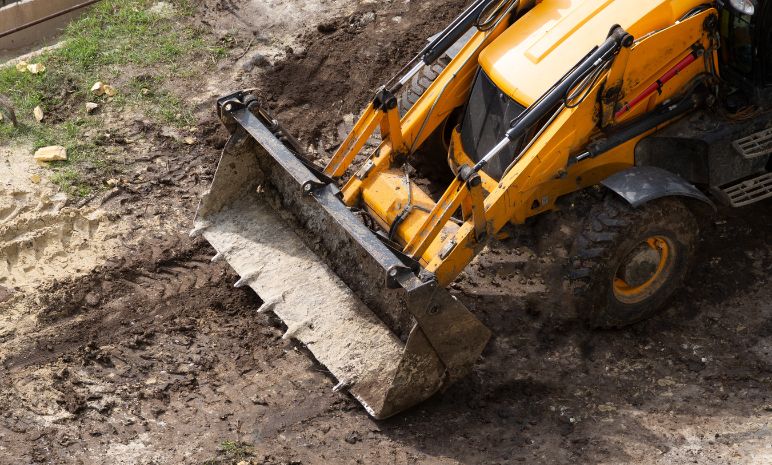
Construction operations rely on a vast array of heavy equipment, each designed for a specific task, but all collectively contributing to the larger picture.
Whether you’re a seasoned construction professional, a DIY enthusiast looking to expand your knowledge, or a heavy equipment operator, an in-depth understanding of the machinery in this sector is invaluable.
In this comprehensive guide, we’ll explore the various types of heavy equipment used in construction, how they function, and their specific applications.
Bulldozers: The Foundation Stone of Construction Projects
Bulldozers are arguably the most iconic of all construction equipment, recognized for their massive earth-moving capabilities and distinctive blades. Their tracks provide excellent traction and weight distribution, enabling them to work efficiently on various terrains without sinking or losing grip. They do everything from clearing and grading land before a project begins to pushing earth to create trenches. It’s tough to find a pre-construction task that doesn’t involve a bulldozer in some way.
Excavators: The Precision Surgeons of Moving Earth
Excavators are versatile tools in construction projects, thanks to adjustable hydraulic systems that can perform many functions. A hydraulic arm with an assortment of attachments at the end gives excavators both power and precision. Their tracks allow for stability and access to tight spaces, while the operator can manipulate the hydraulic system to dig, lift, and fill easily. Minimizing wear and tear on excavators is essential for completing projects efficiently.
Cranes: Lifting Construction to New Heights
Cranes are perhaps the most conspicuous sign of a major construction project, towering over the site as they hoist heavy materials and equipment to various levels. The classic crane consists of a tall mast, a turntable at the top, and several attachments, including wire ropes or chains and sheaves, which use a motor to lift and move heavy materials vertically and horizontally. Cranes are vital for erecting tall buildings, bridges, and other structures, as well as demolishing buildings.
Loaders: The Workhorse of Jobsite Logistics
Loaders are indispensable for their ability to move large quantities of materials effectively. They come in various forms, each specialized for different types of material handling. Loaders typically feature a large bucket in front that the operator maneuvers. They can raise or lower the bucket to capture or release material when moving soil, demolition debris, gravel, and other materials. They can also accommodate fork or boom modifications to handle pallets, logs, and even snow.
Ensure You Have the Necessary Assets On-Site
In any construction environment, each piece of heavy equipment has a crucial role to play. Only by understanding the strengths and applications of these tools can project managers, operators, and laborers tackle every job effectively and safely. Whether starting a new project or looking to deepen your knowledge, exploring the types of heavy equipment used in construction can make you a more efficient and valuable asset on-site.
